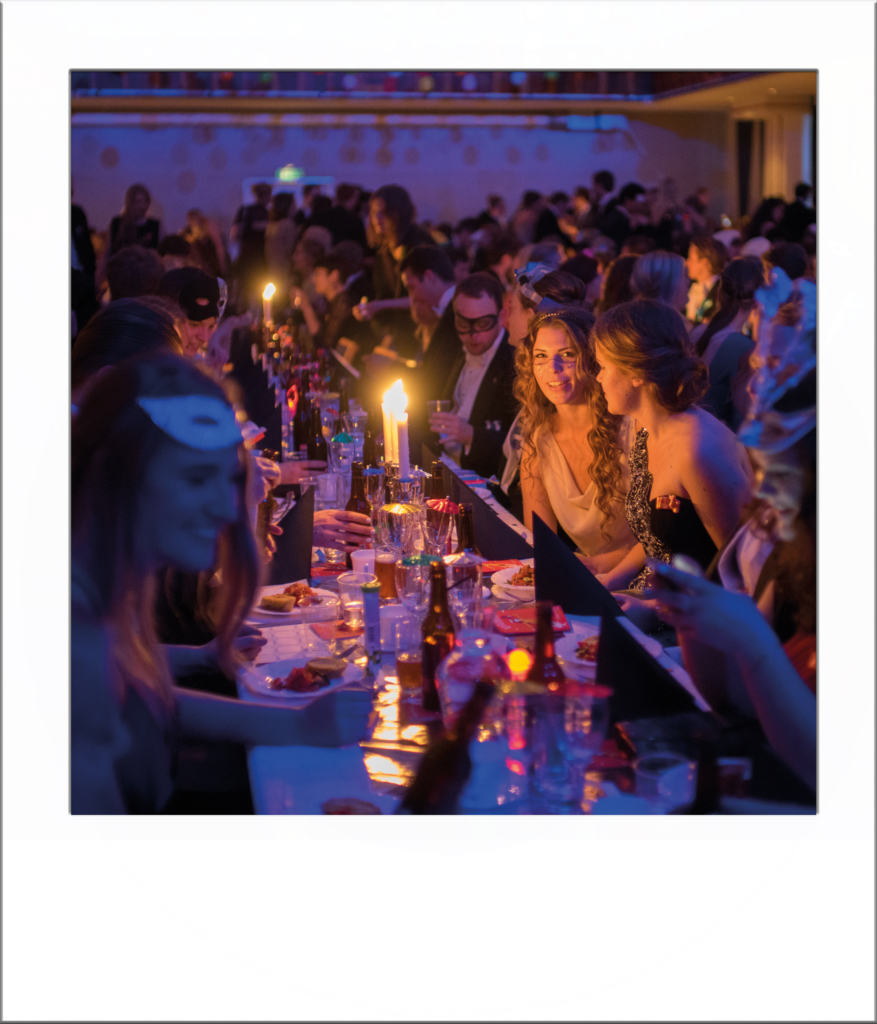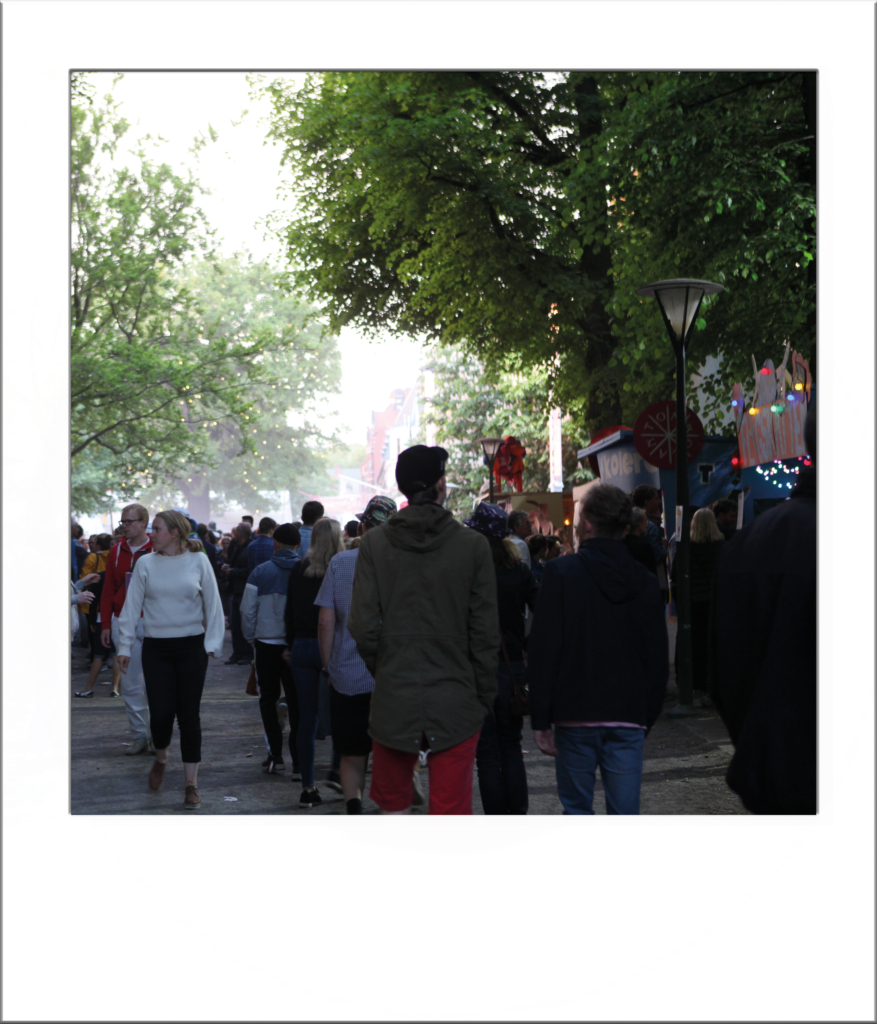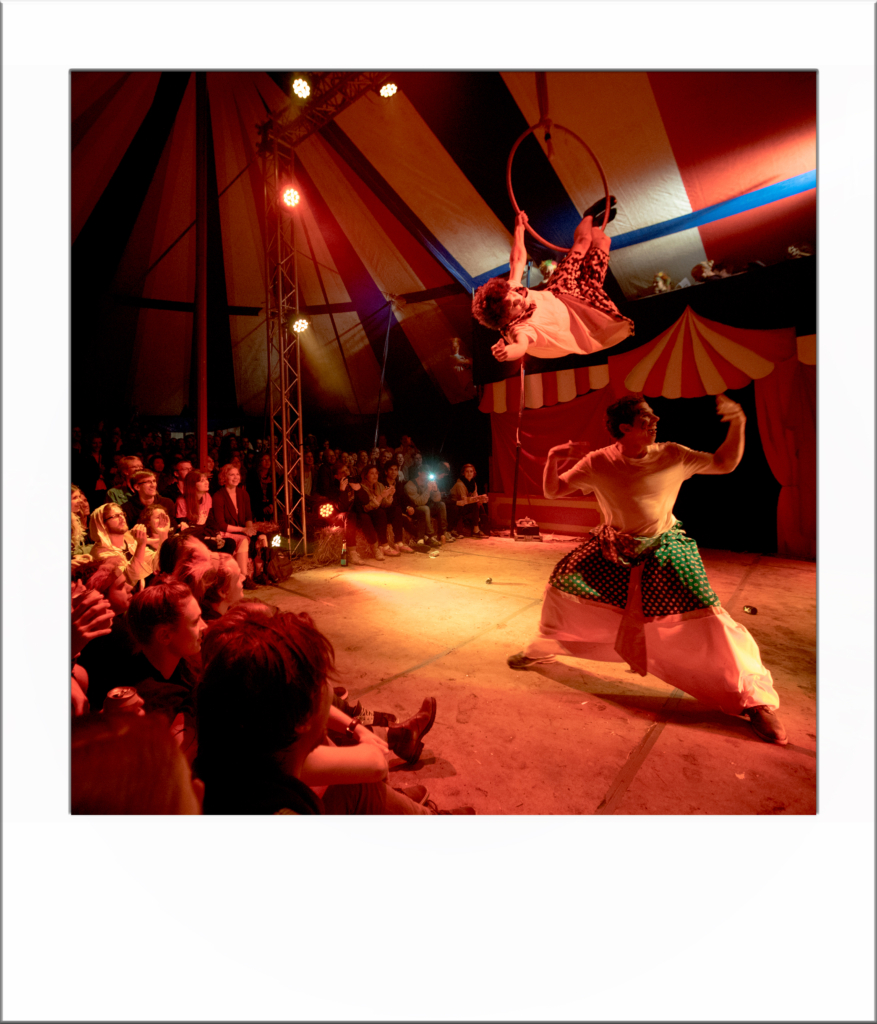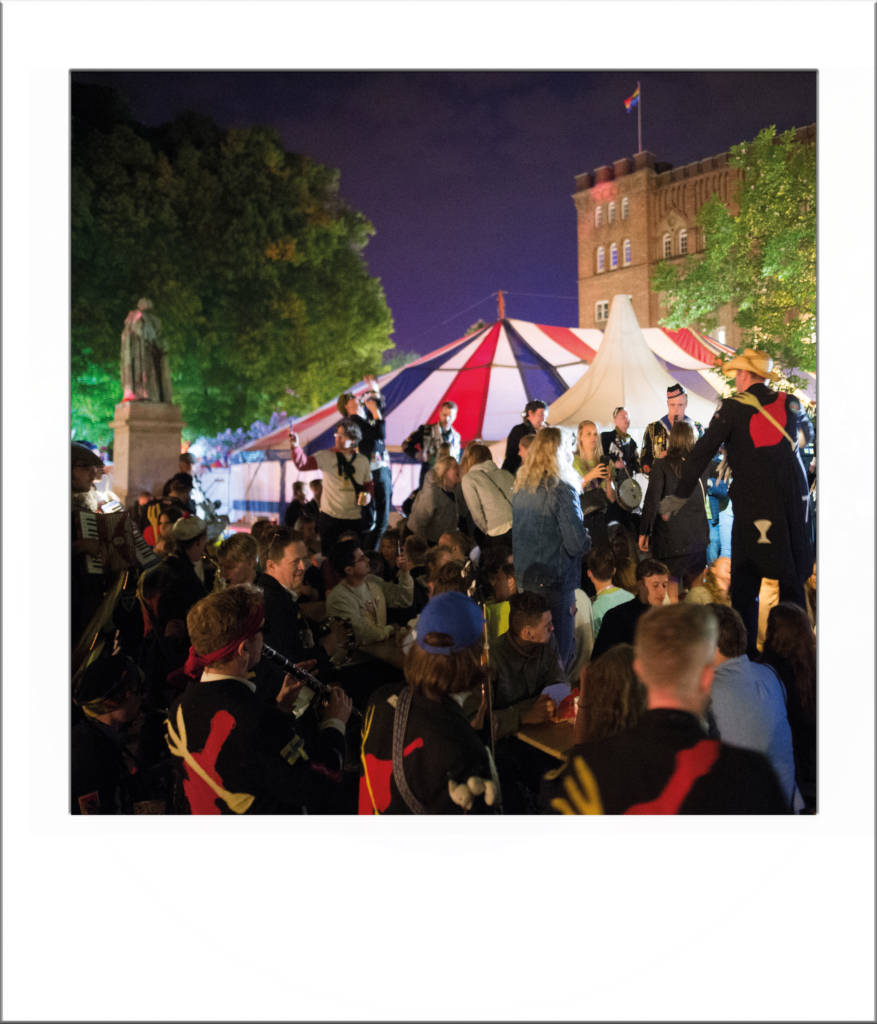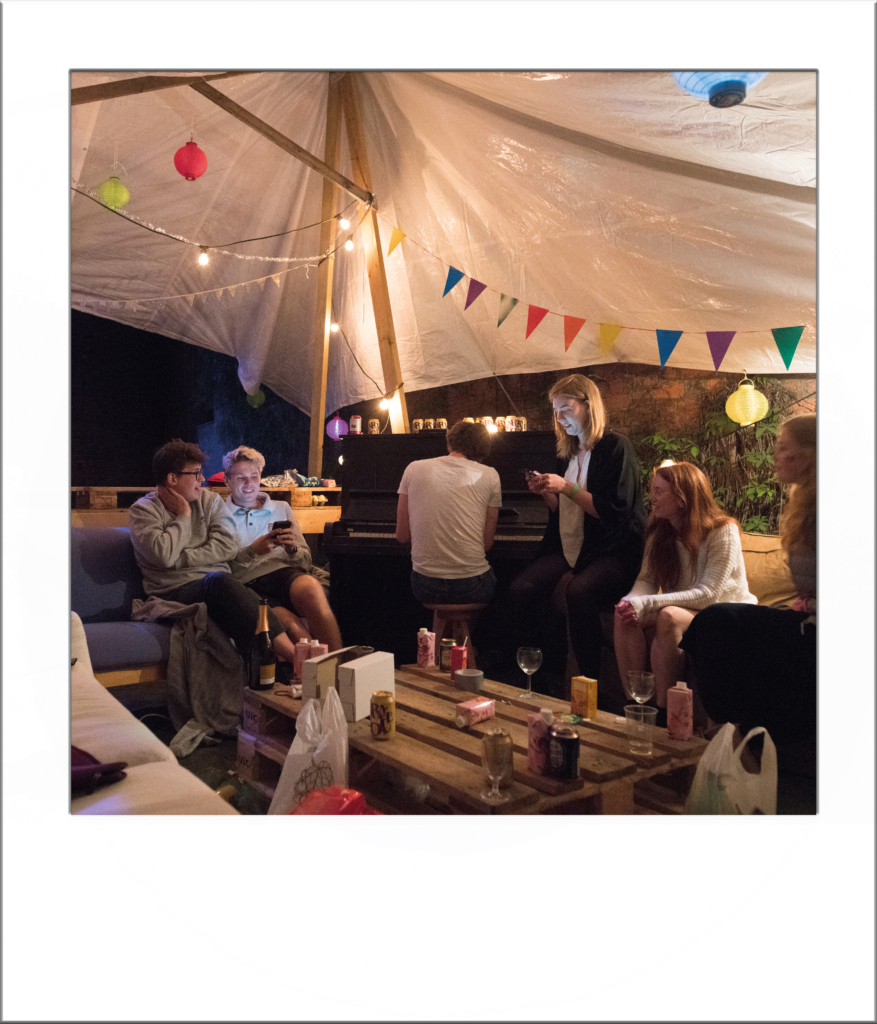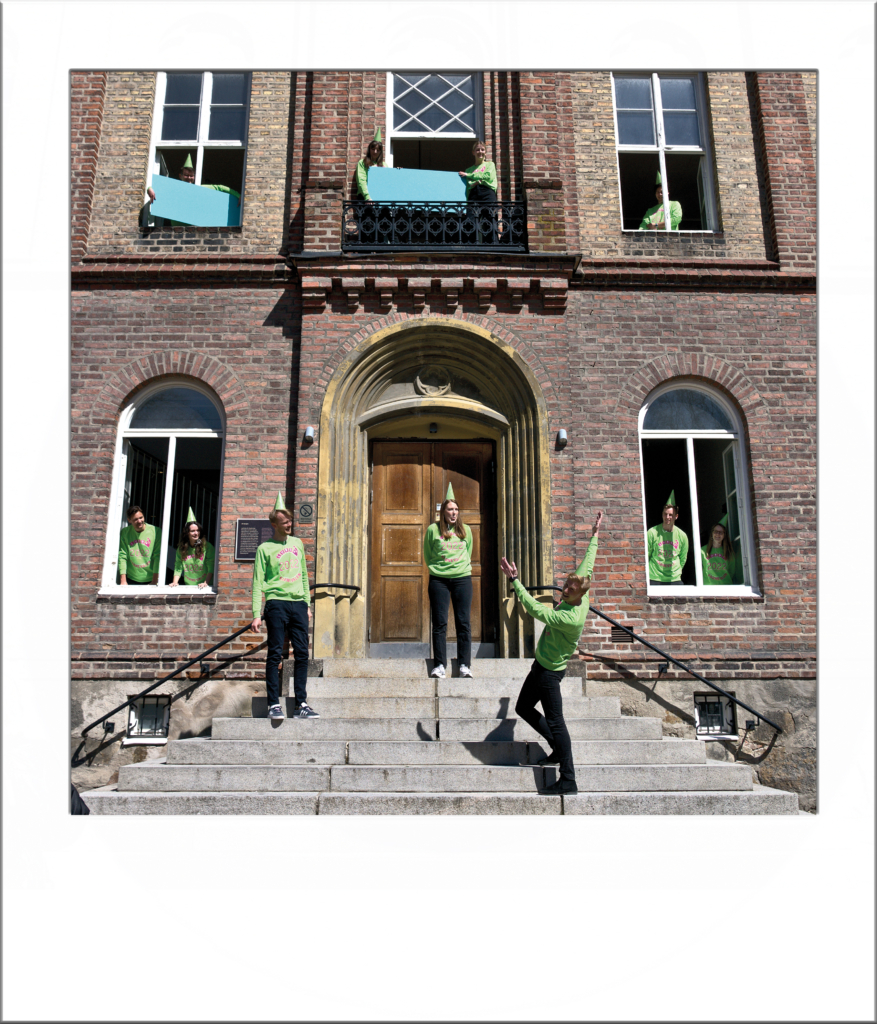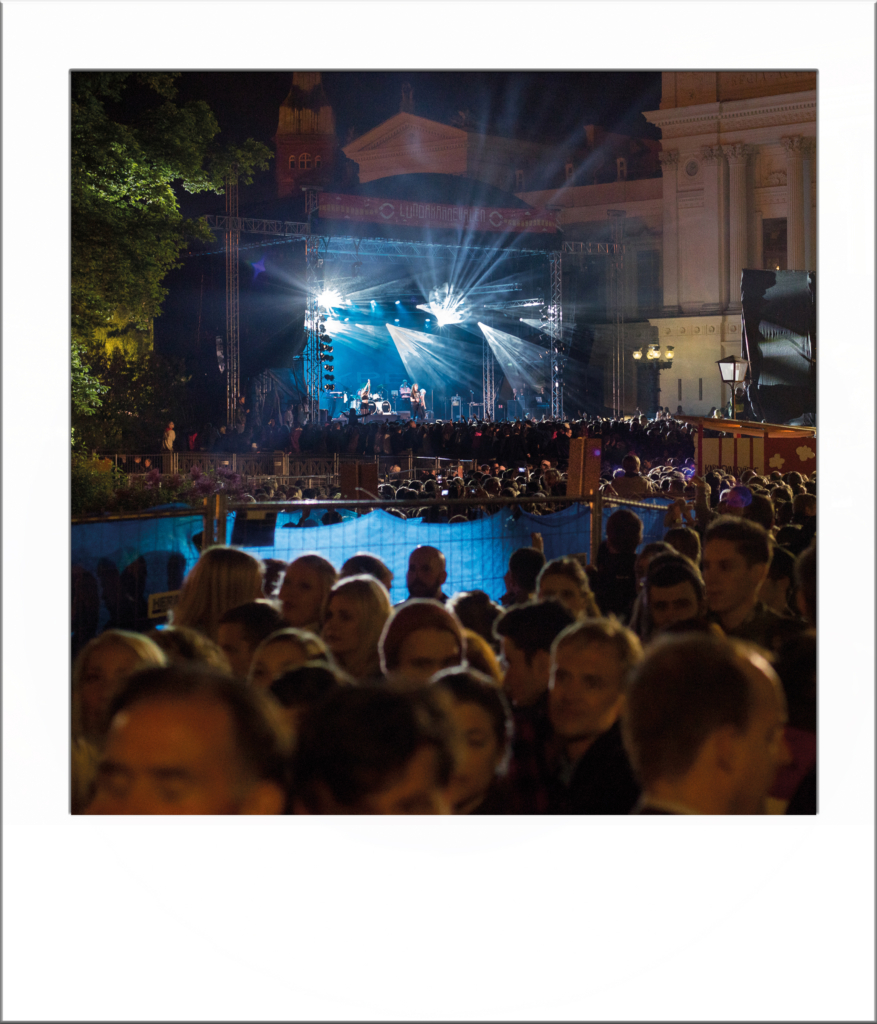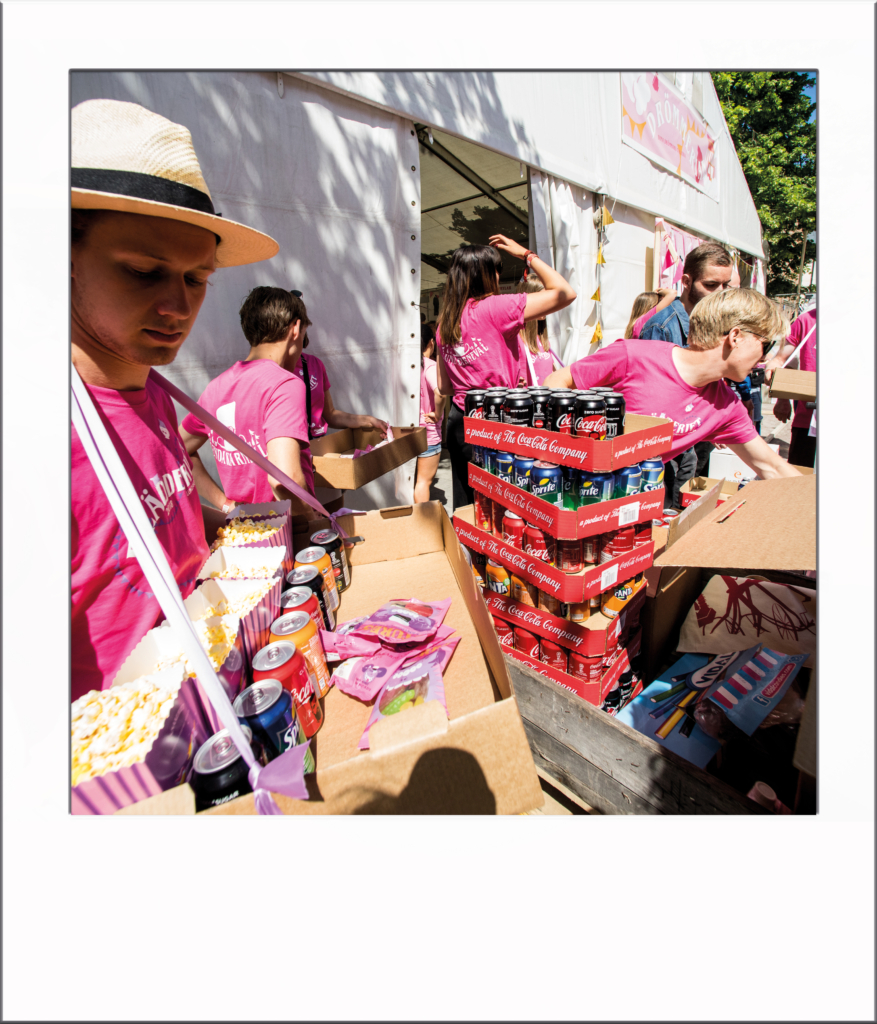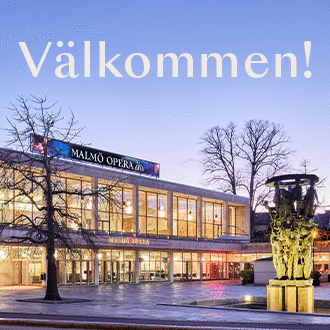Every fourth year, the Lundagård park transforms into a large carnival area with raffle booths, artist performances, student improv, foods and drinks.
The grand experience returns in May next year.
At a press conference that took place April 27, the Lundakarneval Committee released the dates for the confirmed event. Placing themselves in different rooms of AF Borgen’s south entrance, COVID-19 friendly, they announced that between May 20th and 22nd, the city of Lund will once again host the 172 year old student tradition: ‘Lundakarnevalen’.
The carnival is arranged by Lund University students every four years. It has been a tradition since 1849. The previous ‘Lundakarneval’ held in 2018 hosted up to 450,000 participants, with more than 5,000 students volunteering. Whether you are interested in entertainment, filmmaking, social media, fire safety, or anything in between, there is a place for you in the carnival.
Freja Bremborg, the General of the previous ‘Lundakarneval’ emphasized its uniqueness as it “unites students every four years, from all parts of Sweden to create something magical.” The fact that it goes back to 1849 makes it even more “impressive that it’s still alive today, where we get to celebrate with attendees and carnivalists.” Freja Bremborg continues to explain that the carnival brings out the most fun aspects of Lund University students when they get to create everything from train carriages, entertainment performances, and crazy merchandise products throughout the spring. “When you put humor and joy in focus, magic is created!”, says Freja Bremborg.
The carnival has its origins in the old student party customs of greeting the arrival of spring between the last of April and the first of May, known as the Walpurgis celebrations. The earliest carnivals were named ‘spring party’ or ‘May party’; hence it is not clear when the carnival separated itself from these initial celebrations of spring. In 1849 a group of students marched from Smålands nation to what is today Ulrikedals Pizzeria. This was the first example of a carnival procession with a dress code theme. The event was deemed so innovative and fun that they decided to repeat the march the following year, and the year after, and so on with various themes.
The carnivals, although said to have taken place yearly, happened with varying periodicity, occurring sometimes every other year or even in the autumn instead of spring. From 1876 it was every two years until 1892. That year the celebration degenerated into such chaos due to excessive drinking, causing vexed reactions from the local authorities, who then canceled the planned festivities in 1894. Consequently, the four-year period between the carnivals arose at this time.
It has been the absolute most fun thing I have done during my studies in Lund.
During the continued tradition of the carnival in the 20th century, several disturbances arose. The carnival of 1916 was canceled due to the First World War, as was the one in 1932; because of the economic crisis in the 1930s it was uncertain whether people could afford to attend. The carnival re-emerged in 1934, but it was the only carnival that took place in the 1930s as the world situation was so threatening that it was canceled again in 1938. As you can imagine, the carnival was canceled in 1942 as well. However, in 1946, the carnival resurfaced and has continued without interruption since.
From the beginning, it was just privileged males who attended the carnival. It was not until post-World War II that universities opened for students of different socio-economic backgrounds. This allowed for various different students to participate in the carnival, nevertheless, it was not until the 1980s-90s when the carnival became more of an open event.
The carnivals’ themes have ended on ‘-al’ since 1954, the exceptions being 1978, 1982, and 2010. Many of the themes have been social-oriented themes, such as Cultural Carnival 1928 (‘Kulturkarneval’), Moral Carnival 1958 (‘Moralkarneval’), Criminal Carnival 1962 (‘Kriminalkarneval’), Oriental Carnival 1974 (‘Orientalkarneval’), and the latest theme was Imaginal Carnival 2018 (‘Imaginalkarneval’). The theme for 2022 is said be announced in the autumn of 2021, where one can predict that it will follow the tradition of ending with ‘-al’.
Freja Bremborg has been a carnivalist two times so far, and 2022 will be her third. “It has been the absolute most fun thing I have done during my studies in Lund. Visiting all the carnivals is something magical in itself, but to be a carnivalist is another experience”, states Freja Bremborg. It could be an opportunity for all students at Lund University to meet and engage with different people after the COVID-19 restrictions releases its grip on student life.
Through Per Lindström’s book Lundakarnevalens historia (2015) people have gotten an insight and feel of the carnival’s history, stretching from 1849 to 2014 with emphasis on the 20th and 21st-century carnivals. In addition, he has documented eleven carnivals in ten photo books.
Per Lindström describes Lund as the city of carnivals during the 20th century, where it was covered by hundreds of newspapers, nationally and internationally. Today, the attention looks a bit different. The carnivals were once a student stunt, as it was created by them, but has now become a folk festival where the amazed public are participants as well. Students, families, professors, and children all join in celebrating the carnival.
The shift in the celebration of the carnival might have changed for the better, as the carnivals were once ‘wet events’ where authorities put intoxicated students in drunk tanks. Our generation of students is more determined, and caring for people around them, engaging in the carnival for different reasons than their predecessors. The carnival is not just about fun but can teach leadership and collaboration, according to Per Lindström who was part of the committee in 1982.
‘Lundakarnevalen’ is a staple experience of Lund. As Per Lindström told Lund University, ‘without Lundakarnevalen Lund University would be modest, confused with other Universities such as Uppsala’s’. It is part of what makes student life in Lund so unique.



